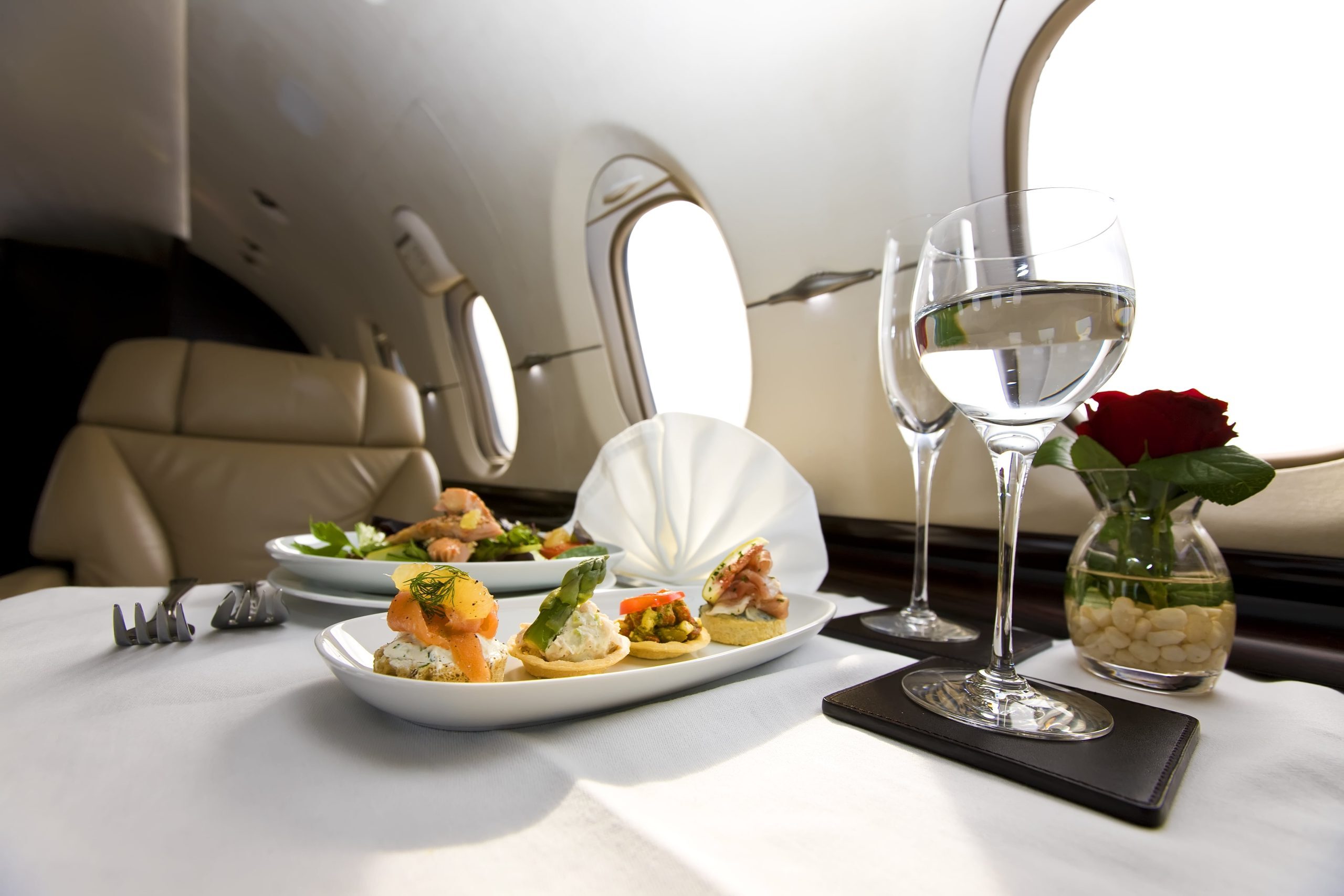
Ever wondered what goes into making your in-flight meal? Flight catering is a fascinating blend of logistics, culinary arts, and precision. From the moment you book your ticket, a complex process begins to ensure your meal is fresh, tasty, and safe. Did you know that airlines often plan menus months in advance? This ensures they meet diverse dietary needs and preferences. Flight caterers must also consider the unique challenges of cooking for high altitudes, where taste buds and food behave differently. Join us as we uncover 10 intriguing facts about the world of flight catering that will make you appreciate your next in-flight meal even more!
Key Takeaways:
- Flight catering has a rich history, from simple sandwiches in 1919 to gourmet options today, catering to diverse tastes and dietary needs.
- The logistics and science behind in-flight meals are fascinating, from central kitchens near airports to adjusting recipes for high altitudes and ensuring food safety.
The Origins of Flight Catering
Flight catering has a fascinating history. It began as a simple service but evolved into a complex operation.
-
First In-Flight Meal: The first in-flight meal was served in 1919 on a Handley-Page flight from London to Paris. Passengers received a lunch box with sandwiches and fruit.
-
Evolution of Menus: Initially, meals were basic. Over time, airlines introduced gourmet options, catering to diverse tastes and dietary needs.
The Logistics Behind Flight Catering
The logistics of flight catering involve meticulous planning and coordination. It’s a behind-the-scenes marvel.
-
Central Kitchens: Most airlines use central kitchens near major airports. These facilities prepare thousands of meals daily, ensuring freshness and quality.
-
Timing is Everything: Meals are prepared and delivered to planes within strict time frames. This ensures food safety and optimal taste.
The Science of In-Flight Meals
Creating meals for flights involves more than just cooking. Science plays a crucial role in the process.
-
Taste Alteration: At high altitudes, taste buds become less sensitive. Airlines adjust recipes to enhance flavors, often adding more seasoning.
-
Food Safety: Ensuring food safety is paramount. Meals undergo rigorous testing to prevent contamination and spoilage.
Catering to Diverse Needs
Airlines must cater to a wide range of dietary requirements and preferences. This adds another layer of complexity.
-
Special Meals: Airlines offer various special meals, including vegetarian, vegan, gluten-free, and kosher options. These meals are prepared separately to avoid cross-contamination.
-
Cultural Sensitivity: Airlines consider cultural preferences when designing menus. For example, certain ingredients may be avoided to respect religious practices.
The Environmental Impact
Flight catering has an environmental footprint. Efforts are being made to reduce this impact.
The Final Bite
Flight catering is more than just serving meals at 35,000 feet. It’s a complex operation involving logistics, safety, and creativity. From the rigorous hygiene standards to the science of taste at high altitudes, every detail matters. Airlines invest heavily in providing a memorable dining experience, knowing it can influence passenger satisfaction.
Next time you enjoy a meal on a plane, remember the effort behind it. The journey of your meal starts long before you board, involving chefs, nutritionists, and logistics experts. It’s fascinating how much goes into that tray of food.
Understanding these facts gives you a new appreciation for the meals served in the sky. So, next time you fly, savor each bite, knowing the incredible journey it took to reach you. Safe travels and happy dining!
Frequently Asked Questions
Was this page helpful?
Our commitment to delivering trustworthy and engaging content is at the heart of what we do. Each fact on our site is contributed by real users like you, bringing a wealth of diverse insights and information. To ensure the highest standards of accuracy and reliability, our dedicated editors meticulously review each submission. This process guarantees that the facts we share are not only fascinating but also credible. Trust in our commitment to quality and authenticity as you explore and learn with us.


